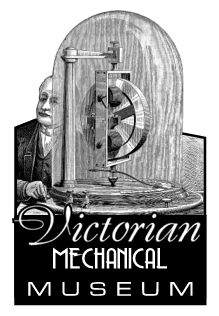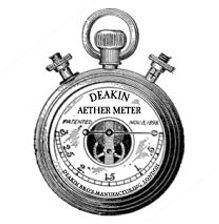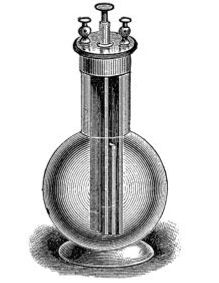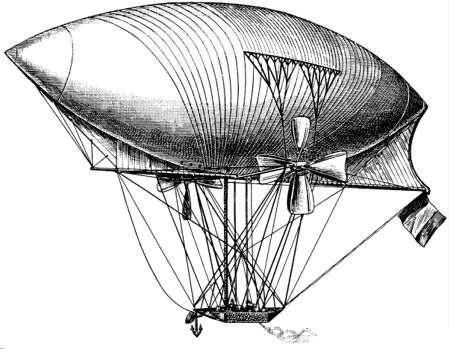 |
| Collection Item 3: The Society of the Mechanical Sun Photograph. 1882. |
On 9 January, 1882, the Society of the Mechanical Sun was established in a private room in London's famed Scientia Club. On that auspicious occasion, charter members Geoffrey Hawkins, Berkley Vanderzee, Falynne Hyperion and Timothy Deakin took a moment to pose for a photograph, staged by Deakin's older brother Robert. A copy of that photograph was discovered within the Hawkins Strongbox and has been classified as Collection Item 3. It was inscribed on the back with the aforementioned date and the notation, "My colleagues and I travel into the future every day. It is a wondrous, but sometimes dangerous place." The handwriting has been identified as that of Geoffrey Hawkins.
According to Victorian Mechanical Museum archivist Archer Bowens, the photograph is significant for other reasons beyond its four prominent human subjects. On the table in forefront of the image is an early prototype of a Vanderzee Critical Engine, what Bowens describes as "a second generation Babbage-inspired processor constructed in 1878." Bowens notes that, "Vanderzee refined the design and used it as the 'brain' component on nearly all of the intelligent automatons he created and built in subsequent years." Prominent among those creations was Ian, an IA biped designed to find and retrieve æther resources in the tunnels and catacombs below London. Ian can be seen in the background of the photograph standing next to a grandfather clock.
Also displayed on the table is a heavy stock Hawkins Æther Repulsor. Firearms Curator Devon Gillroy informs: "The Repulsor was designed by Geoffrey Hawkins and constructed at the Hawkins Industrial Laboratories in early 1881. It was only one of its kind and Hawkins retained it in his personal arsenal for nearly two decades. It was reportedly damaged beyond repair during the Battle of Silver Mountain in 1899."
An unidentified optical instrument, likely belonging to Timothy Deakin, rests on a small table in the right background of the photograph.
A matching negative of the photograph was found in the Deakin Archive and catalogued as Negative DA1882-01.


















0 Observations:
Post a Comment